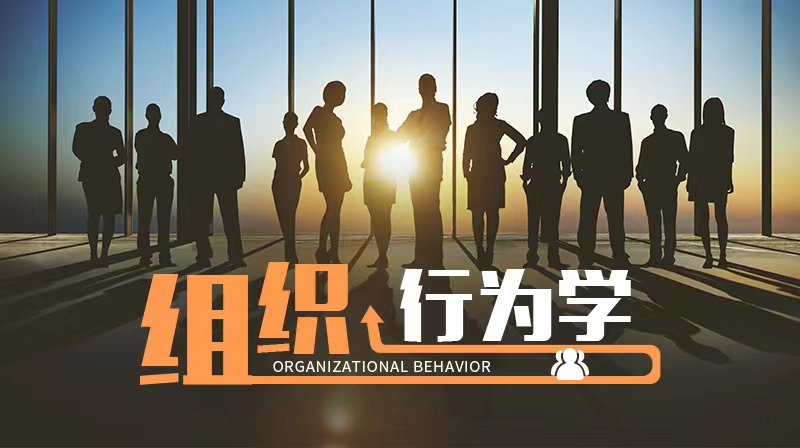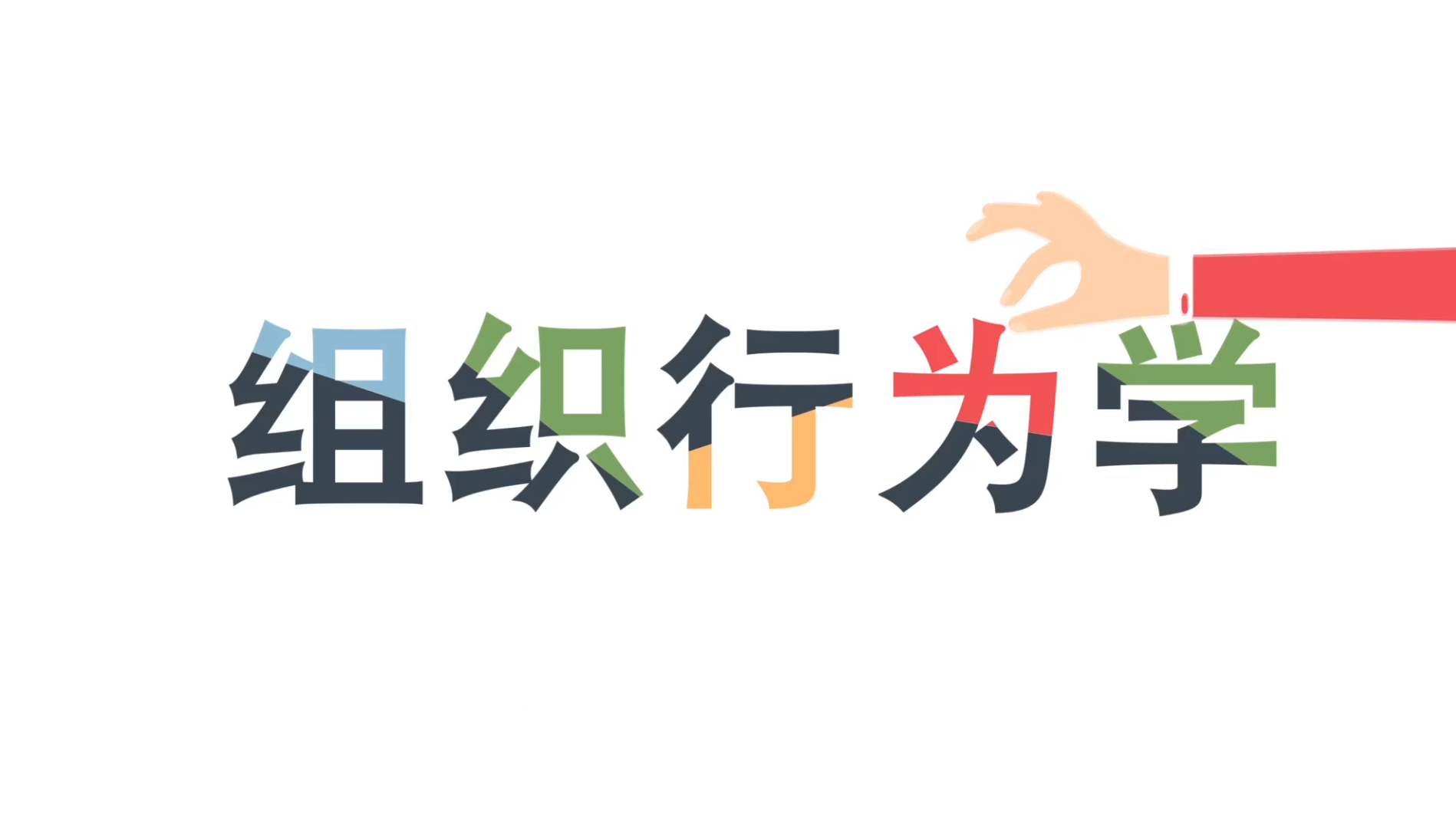第十一章测试1.John Kotter's view argues that management focuses on coping with complexity, whereas leadership focuses on coping with ________. ( )
A:change
B:success
C:conflict
D:morale
E:defeat
答案:A
2.If behavioral leadership theories are correct, then ________. ( )
3.According to the Ohio State studies, the extent to which a leader's behavior is directed toward getting the job done is called ________. ( )
A:consideration
B:initiating structure
C:relationship-oriented
D:path-goal
E:maximization
4.According to the Ohio State studies, the extent to which a leader is likely to have job relationships characterized by mutual trust and respect for his/her employees is ________. ( )
A:consensus-building
B:matrix
C:LPC
D:consideration
E:maximization
5.The University of Michigan studies define a(n) ________ leader as one who takes personal interest in the needs of his/her subordinates. ( )
A:employee-oriented
B:contextual
C:consensus-building
D:LMX
E:consummate
6.If a leader's main concern is accomplishing his/her group's tasks, the University of Michigan studies label this leader ________. ( )
A:consideration-oriented
B:high achieving
C:production-oriented
D:ineffective
E:managerial
7.The most comprehensive and replicated of the behavioral theories resulted from research begun by Fred Fiedler. ( )
A:对 B:错 8.A leader designated as high on initiating structure would be likely to clearly define the roles of his or her subordinates. ( )
A:对 B:错 9.The University of Michigan studies found that production-oriented leaders were associated with higher group productivity than employee-oriented leaders. ( )
A:对 B:错 10.The managerial grid model of leadership is based on the styles "concern for people" and "concern for production." ( )
A:对 B:错
温馨提示支付 ¥4.99 元后可查看付费内容,请先翻页预览!







